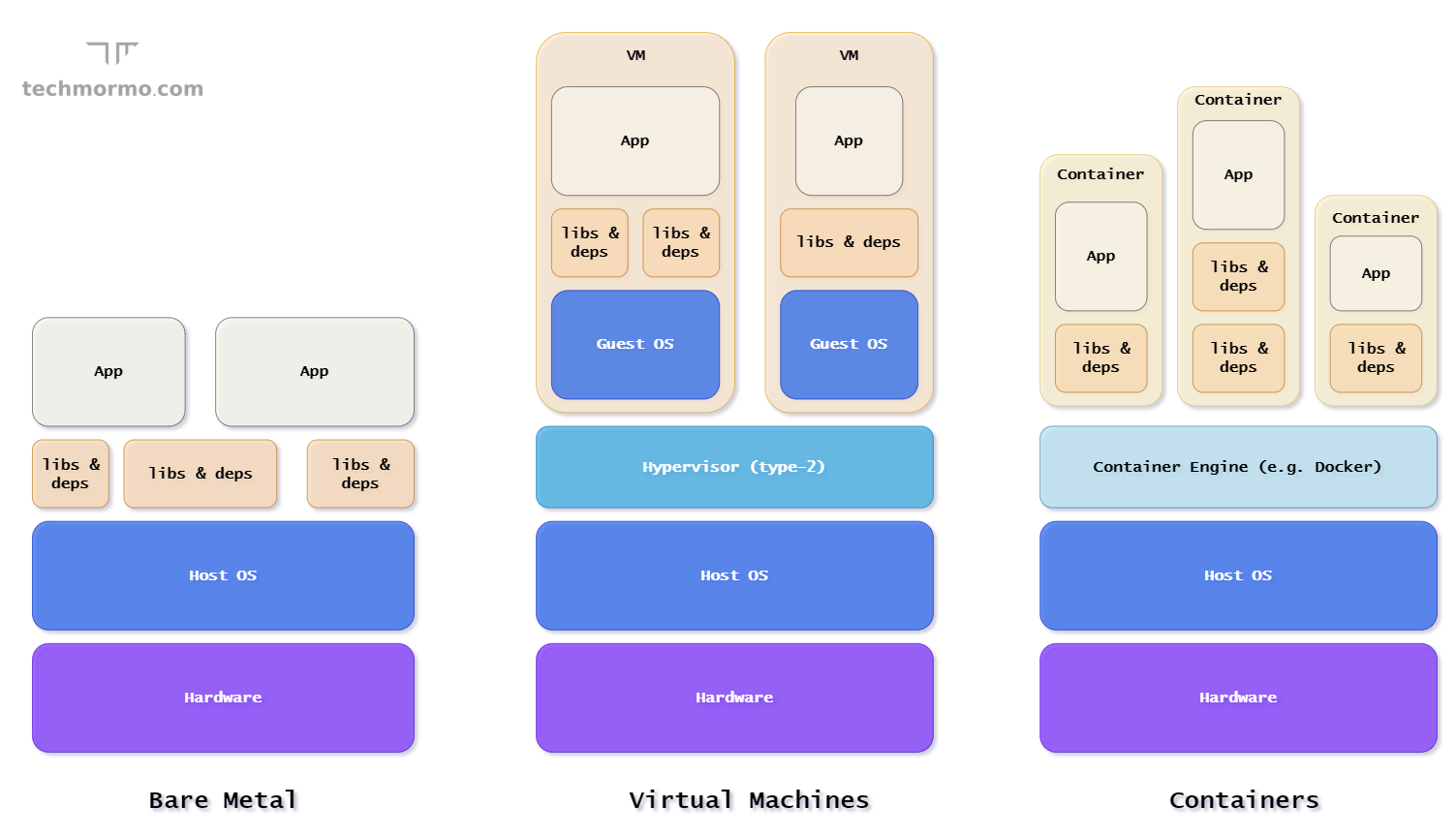Bare Metal vs Virtual Machine: What’s the Difference?
When it comes to hosting your website or running your applications, you may come across the terms “bare metal” and “virtual machine.” But what do these terms actually mean, and which option is best for your needs? Let’s dive into the differences between bare metal and virtual machines.
What is Bare Metal?
Bare metal, also known as dedicated hosting, refers to a physical server that is completely dedicated to one user or organization. When you opt for bare metal hosting, you have full control over the server hardware and can customize it to meet your specific requirements.
Since bare metal servers do not run on a hypervisor, there is no virtualization layer between the hardware and the operating system. This direct access to the hardware allows for optimal performance and resource utilization, making bare metal servers ideal for high-performance applications that require maximum processing power and memory.
What is a Virtual Machine?
On the other hand, a virtual machine (VM) is an emulation of a physical computer that runs on virtualized hardware. Virtual machines are created by dividing a physical server into multiple virtual instances, each with its own operating system and applications.
Virtual machines are managed by a hypervisor, which allocates resources and facilitates communication between the virtual machines and the physical hardware. This abstraction layer allows for greater flexibility and scalability, as multiple virtual machines can coexist on the same physical server without interfering with each other.
Pros and Cons of Bare Metal vs Virtual Machines
Pros of Bare Metal:
- Performance: Bare metal servers offer superior performance compared to virtual machines, as there is no virtualization overhead.
- Customization: With bare metal hosting, you have full control over the server hardware and can tailor it to meet your specific needs.
- Dedicated Resources: Since bare metal servers are not shared with other users, you have exclusive access to all resources.
Cons of Bare Metal:
- Cost: Bare metal servers tend to be more expensive than virtual machines, as you are paying for dedicated hardware.
- Scalability: Scaling resources on bare metal servers can be more time-consuming and complex compared to virtual machines.
- Hardware Maintenance: You are responsible for managing and maintaining the hardware on bare metal servers.
Pros of Virtual Machines:
- Cost-Effective: Virtual machines are more cost-effective than bare metal servers, as multiple users can share the same physical hardware.
- Scalability: Virtual machines are highly scalable, allowing you to easily allocate or deallocate resources as needed.
- Isolation: Each virtual machine operates independently, providing enhanced security and isolation from other virtual instances.
Cons of Virtual Machines:
- Performance Overhead: Virtual machines may experience performance degradation due to the virtualization layer between the hardware and the operating system.
- Shared Resources: Since virtual machines share physical hardware, there is a risk of resource contention if the server is oversubscribed.
- Dependency on Hypervisor: Virtual machines rely on the hypervisor for resource allocation and management, which could become a single point of failure.
Which Option is Right for You?
Ultimately, the choice between bare metal and virtual machines depends on your specific requirements and budget. If you prioritize performance and customization and have the budget to invest in dedicated hardware, bare metal hosting may be the best option for you.
On the other hand, if cost-effectiveness, scalability, and resource flexibility are your primary concerns, virtual machines offer a more flexible and affordable solution. Consider your needs carefully and weigh the pros and cons of each option before making a decision.
Regardless of whether you choose bare metal or virtual machines, both hosting options have their strengths and weaknesses. By understanding the differences between the two, you can make an informed decision that aligns with your specific requirements and goals.
